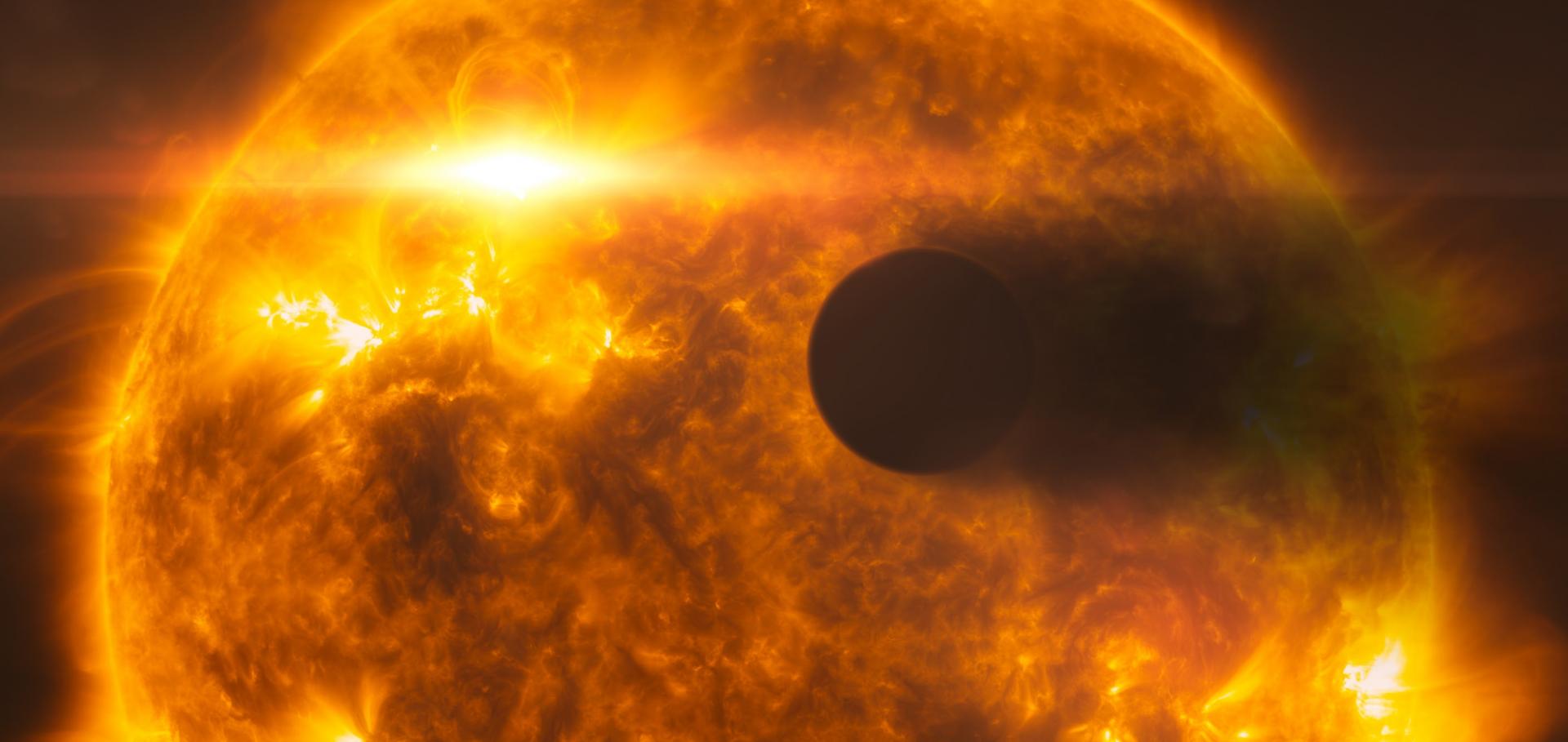One year of AU Mic with HARPS: I -- measuring the masses of the two transiting planets
(2022)
Planet hunters TESS IV: a massive, compact hierarchical triple star system TIC 470710327
Monthly Notices of the Royal Astronomical Society Oxford University Press 511:4 (2022) 4710-4723
Abstract:
We report the discovery and analysis of a massive, compact, hierarchical triple system (TIC 470710327) initially identified by citizen scientists in data obtained by NASA’s Transiting Exoplanet Survey Satellite (TESS). Spectroscopic follow-up observations obtained with the HERMES spectrograph, combined with eclipse-timing variations (ETVs), confirm that the system is comprised of three OB stars, with a compact 1.10 d eclipsing binary and a non-eclipsing tertiary on a 52.04 d orbit. Dynamical modelling of the system (from radial velocity and ETVs) reveal a rare configuration wherein the tertiary star (O9.5-B0.5V; 14–17 M⊙) is more massive than the combined mass of the inner binary (10.9–13.2 M⊙). Given the high mass of the tertiary, we predict that this system will undergo multiple phases of mass transfer in the future, and likely end up as a double neutron star gravitational wave progenitor or an exotic Thorne–Żytkow object. Further observational characterization of this system promises constraints on both formation scenarios of massive stars as well as their exotic evolutionary end-products.Planet Hunters TESS IV: A massive, compact hierarchical triple star system TIC 470710327
(2022)
The EXPRES Stellar Signals Project II. State of the Field in Disentangling Photospheric Velocities
(2022)
Transit timings variations in the three-planet system: TOI-270
Monthly Notices of the Royal Astronomical Society Oxford University Press 510:4 (2021) 5464-5485


